Iodine for tomato seedlings
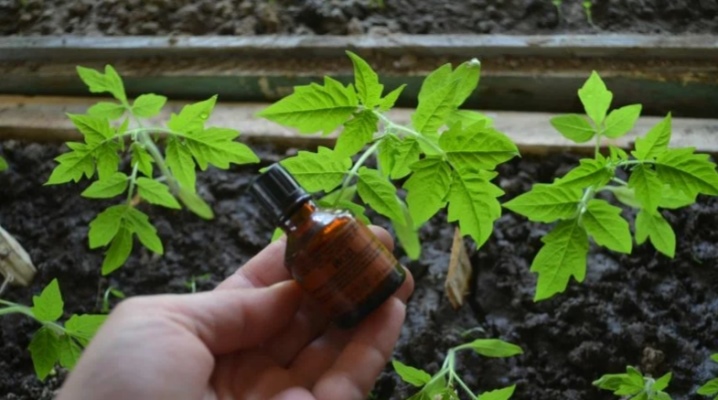
Almost every gardener grows tomatoes on his plot. This vegetable crop needs various fertilizers. Experienced gardeners often use iodine as such nutrient components. Today we will talk about the benefits of this substance for tomatoes, as well as how it can be used.
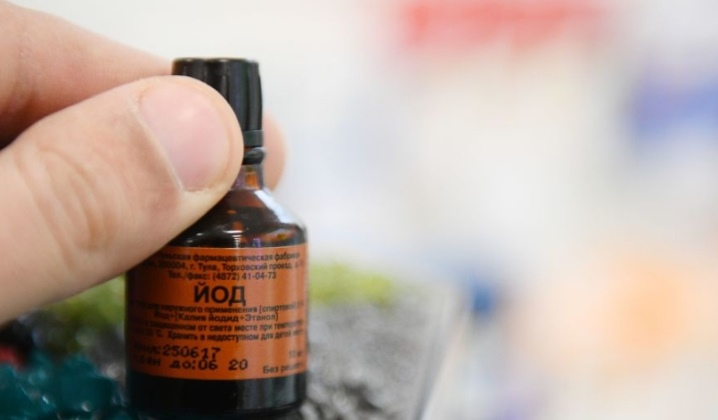
Peculiarities
Iodine is considered one of the most beneficial substances for tomato seedlings. It allows you to:
-
significantly increase the level of productivity;
-
increases the resistance of plants to various diseases, helps in the treatment of existing diseases;
-
promotes the development and growth of new healthy shoots;
-
prevents spoilage of this vegetable crop;
-
stops the development of fungal diseases;
-
increases the resistance of tomatoes to sudden temperature changes, droughts;
-
participates in photosynthesis, does not allow leaves to turn yellow, stems to stretch.
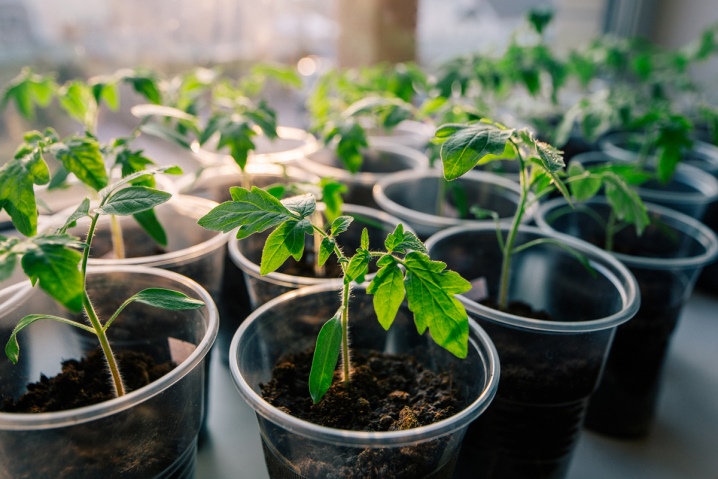
In addition, iodine supplements are often used to combat late blight in tomatoes. Many gardeners claim that the rich and bright red color of ripe fruits also depends on the iodine content.
It is also worth remembering that iodine helps to assimilate nitrogen much easier and faster, which the vegetation receives from the ground. This important property is especially important for young seedlings.... After all, it is this chemical component that has the greatest impact on the normal growth and development of the entire culture.
Such a component must be added if there are clear signs of its deficiency. As a rule, this is evidenced by a sharp weakening of the immune system of plants, as a result of which they become maximally susceptible to diseases and the effects of parasites.
And also a sharp decline in yield, instability to temperature extremes will also speak of such a deficit. The leaf blades become too pale, the process of wilting occurs.

In addition to the above important useful properties, iodine treatment also has some significant disadvantages that must be taken into account.
Difficulty in determining the correct dosage... As a rule, gardeners measure out the required amount of the substance by eye, as a result of which many vegetable crops subsequently suffer from its excess.
Excess dosage. If the component was introduced in an excessive amount, then the vegetative parts of the seedlings will begin to deform. The same will happen with fruits.
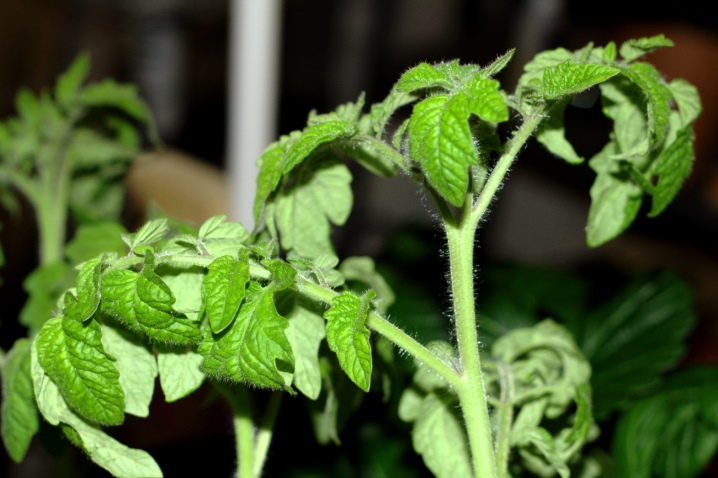
The full development and growth of tomato seedlings does not require excessive iodine. In addition, this product is not specially manufactured to feed agricultural plants. The drug can be easily found in any pharmacy. It is also found in garden stores in the form of fertilizers that contain such a substance in their composition.
The processing of seedlings with iodine-containing compounds in a small concentration does not harm human health at all. Their use does not require the use of special personal protective equipment.
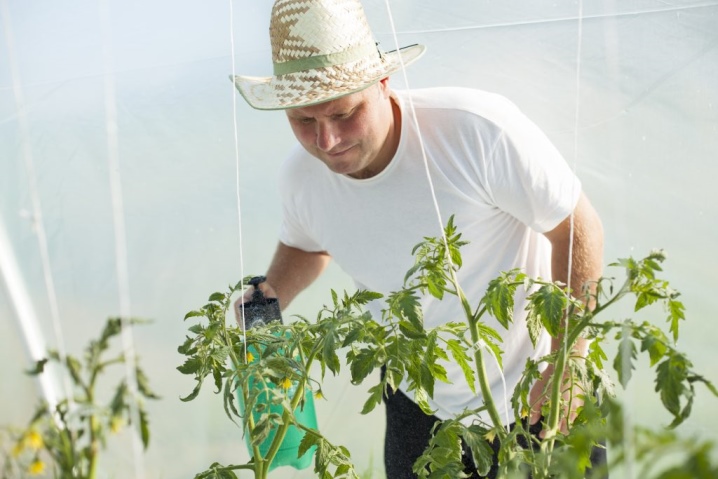
Application methods
You can feed tomatoes with such a component in various ways. All of them can be divided into two large separate groups.
-
Under the root... In this case, folk iodine-containing formulations are used for the simultaneous effective disinfection of the soil and replenishment of the existing deficiency of the substance. It will be enough to add only 2-3 drops per 10 liters of water. Such feeding can begin when the first small leaf blades appear.
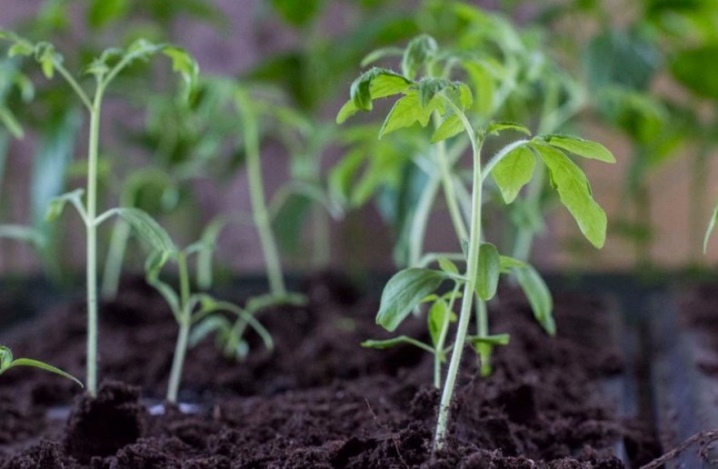
- On the leaves. In this case, we are talking about foliar dressing. They are sprayed with leaf blades and stems of young tomatoes. Most often, these solutions are used in order to prevent the appearance of fungal diseases. It will be enough to dilute one drop in 3 liters of water.
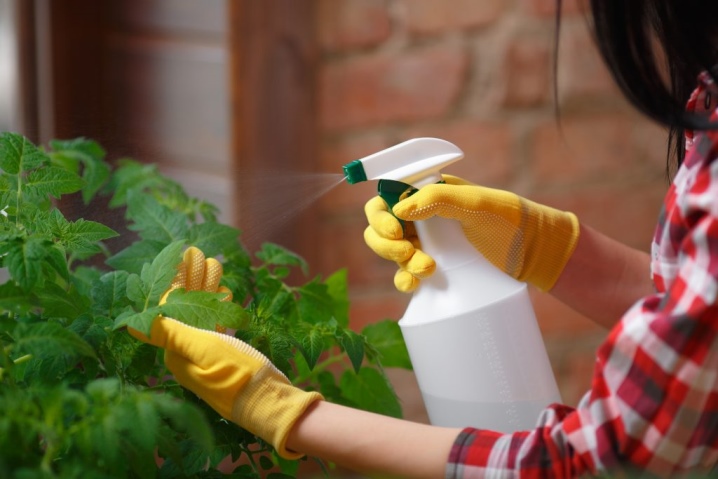
Quite often, such dressings are applied during irrigation. In this case, it is necessary to strictly observe all proportions so as not to harm such a vegetable crop. In this case, it is better to water with iodine supplements at the root.
Tomatoes are often fed with iodine when the brushes are tied. In this case, you need to use a special recipe that you can easily prepare yourself at home. In this case, 3 drops of the drug are taken into a 10-liter bucket of slightly warmed water. It is not recommended to use cold water for watering tomato roots.
Do not forget to correctly calculate the volume of the applied composition for each individual tomato seedling. The optimal ratio is 1 liter of liquid for one such plant. For undersized varieties, the proportions should be reduced, for 1 bush there should be 0.6-0.7 liters.
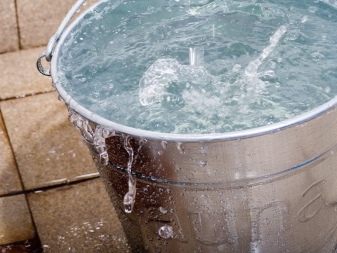
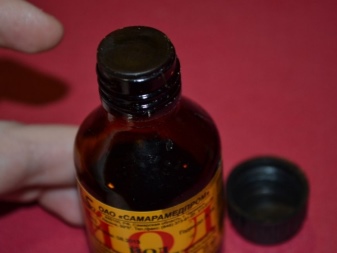
Sometimes iodine is used before planting seed as a strong disinfectant. In this case, the beds themselves are replenished.
Such treatments can significantly reduce the risk of various phyto-diseases and eliminate all harmful organisms found in the soil.
To prepare a solution for disinfection, you need to mix 0.1 g of the product with one liter of warm liquid. Seeds are placed in the resulting mass. After 10 minutes, all the water is carefully drained, and the material is thoroughly washed with clean water. After that, the seeds are spread on a cloth or paper towels, on which they should dry well. Then all this is dried separately in the sun for a week. After this time, the seed will be completely ready for planting.
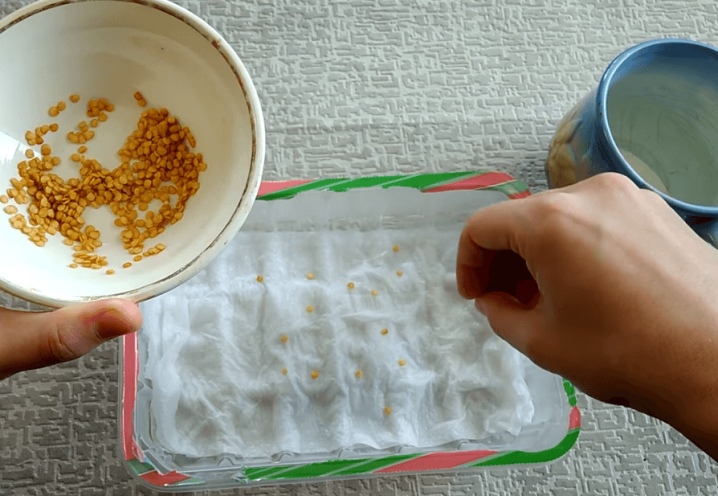
Recommendations
Remember that iodine feeding should not be carried out more than 2-3 times a week. Too frequent procedures can lead to the fact that the condition of the seedlings will deteriorate greatly, which will affect the quality and taste of the fruits themselves. It is not recommended to apply top dressing immediately after planting the seed.
Do not forget that it is worthwhile to accurately observe the dosage when preparing such a remedy at home. Using too much iodine in the groundbait can harm the tomatoes.
To achieve the most effective result, some additional components can be added to iodine solutions. So, they are often prepared with a small amount of milk, hydrogen peroxide, brilliant green, yeast.
How to use iodine for tomato seedlings, see the next video.













The comment was sent successfully.